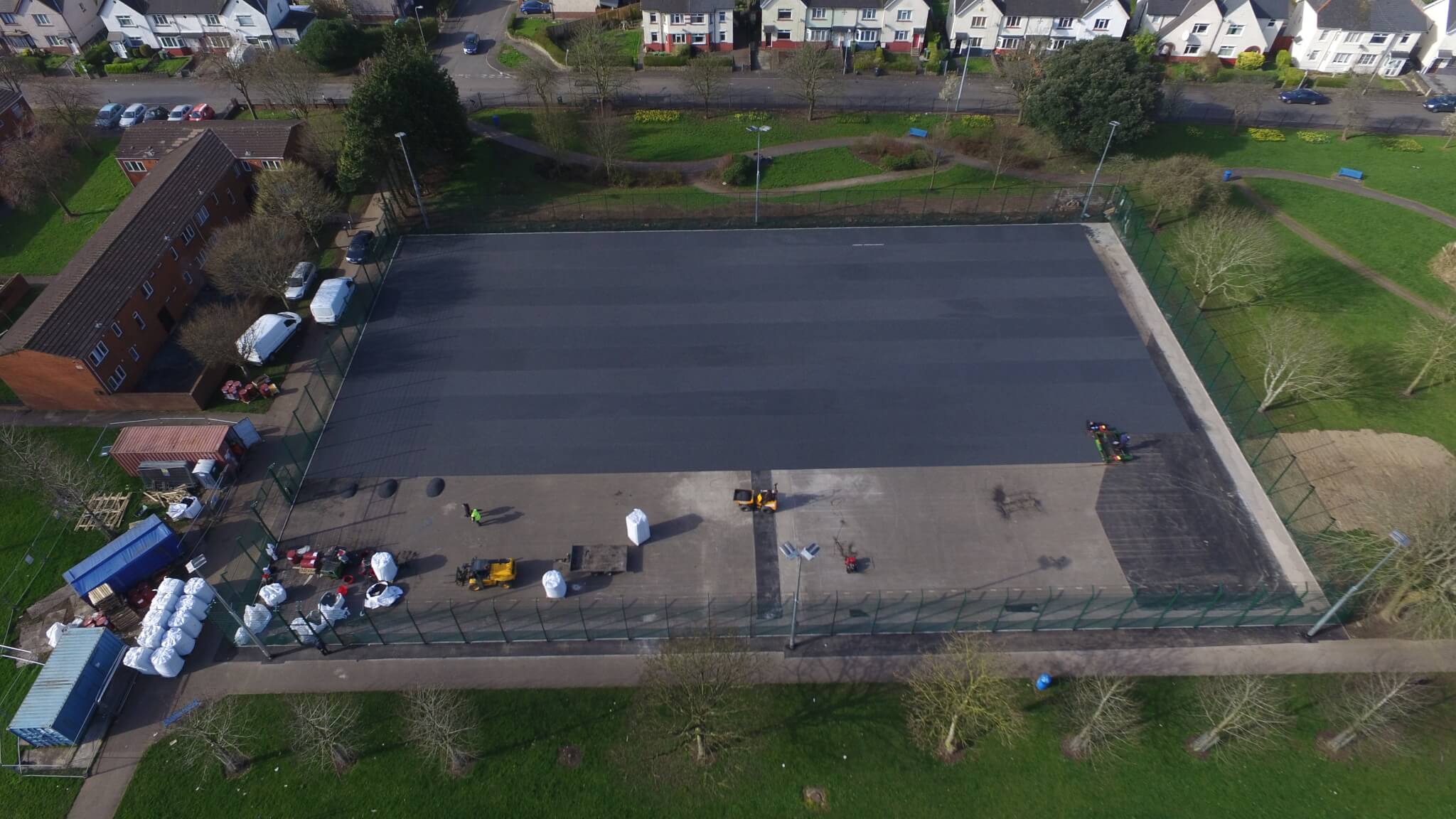What Considerations Are Important In Designing Sustainable Sports And Recreation Facilities?
Sports facilities should be available to everyone, regardless of their background, status or income. However, creating sustainable sports facilities is a complex process that requires careful planning and consideration. In this article, we will explore the importance of creating sustainable sports facilities and provide useful information on how local authorities can achieve this goal.
The Importance of Sustainable Sports Facilities
Sustainable sports facilities are essential for several reasons:
1. Environmental Benefits
Creating sustainable sports facilities has significant environmental benefits. By using environmentally friendly materials and methods, sports facilities can reduce their impact on the environment. This includes reducing energy consumption, carbon emissions and water usage. Furthermore, sustainable facilities can help to preserve natural habitats and reduce waste.
2. Financial Benefits
Creating sustainable sports facilities can also save money in the long run. By using energy-efficient systems, sports facilities can significantly reduce their energy bills. Additionally, sustainable facilities require less maintenance and repair work, reducing overall costs.
3. Social Benefits
Sustainable sports facilities can provide opportunities for social integration and community building. Access to sports facilities can improve health, wellbeing and social cohesion. This is particularly important in areas where access to sporting activities is limited or non-existent.
How to Create Sustainable Sports Facilities
Creating sustainable sports facilities requires a systematic and holistic approach. Here are some key steps that local authorities can take:
1. Conduct a Needs Assessment
Before designing or building a sports facility, it is essential to conduct a needs assessment. This involves identifying the needs and preferences of the community in which the facility will be located. Questions to consider may include:
- What sporting activities are popular in the area?
- What age groups and genders will use the facility?
- What are the existing facilities in the area?
Conducting a needs assessment will ensure that the sports facility meets the needs of the community and is used effectively.
2. Choose Sustainable Materials
Local authorities should choose sustainable materials when designing and building sports facilities. This may include using recycled materials, natural materials or materials that have a low environmental impact. Additionally, local authorities should consider the lifespan of materials and choose options that are durable and long-lasting. This will reduce the need for maintenance, repairs and replacements, reducing costs and environmental impact.
3. Use Energy-Efficient Systems
Energy-efficient systems can significantly reduce the energy consumption of a sports facility. This may include using solar panels, energy-efficient lighting and heating systems, and insulation to retain heat. The use of energy-efficient systems can significantly reduce energy bills, saving money in the long run.
4. Design for Accessibility
Sports facilities should be accessible to everyone, regardless of ability or disability. Local authorities should ensure that the facility is designed to be accessible and inclusive. This may include providing ramps, lifts and accessible toilets.
5. Incorporate Green Spaces
Green spaces can provide numerous benefits to sports facilities. They can provide space for relaxation, socialising and recreation. Additionally, green spaces can improve air quality, biodiversity and water retention. Local authorities should aim to incorporate green spaces into their sports facilities wherever possible.
6. Consider Water Management Systems
Water management systems can significantly reduce water consumption and improve water quality. Local authorities should consider the use of rainwater harvesting systems, greywater recycling and wastewater treatment systems to manage water usage effectively.
7. Ensure Adequate Lighting
Lighting is an essential aspect of sports facilities. Local authorities should ensure that the facility is adequately lit to provide a safe and enjoyable experience for users. Additionally, lighting systems should be energy-efficient to reduce energy consumption and costs.
8. Provide Adequate Waste Management
Adequate waste management is essential to reduce waste and ensure that the facility remains clean and hygienic. Local authorities should provide appropriate waste management systems, including recycling facilities. Additionally, users should be encouraged to recycle and dispose of waste responsibly.
Frequently Asked Questions
What are Sustainable Materials?
Sustainable materials are materials that have a low environmental impact and are sourced and processed in a responsible and ethical manner. This may include recycled materials, natural materials and materials that are renewable and biodegradable.
Why is Water Management Important?
Water management is important to ensure that the facility uses water efficiently and to reduce its impact on the environment. Effective water management can also improve water quality and preserve natural habitats.
Why is Accessibility Important?
Accessibility is important to ensure that sports facilities are inclusive and accessible to everyone, regardless of ability or disability. This promotes social integration and can improve wellbeing and quality of life.
Why are Green Spaces Important?
Green spaces provide numerous benefits, including space for relaxation, socialising and recreation. Additionally, green spaces can improve air quality, biodiversity and water retention.
Conclusion
Creating sustainable sports facilities is essential for environmental, financial and social reasons. Local authorities can follow several key steps to ensure that their sports facilities are sustainable and meet the needs of the community. By using sustainable materials, energy-efficient systems, and incorporating green spaces, local authorities can ensure that their sports facilities provide opportunities for social integration, community building and contribute to a more sustainable future.




Post a Comment for "What Considerations Are Important In Designing Sustainable Sports And Recreation Facilities?"